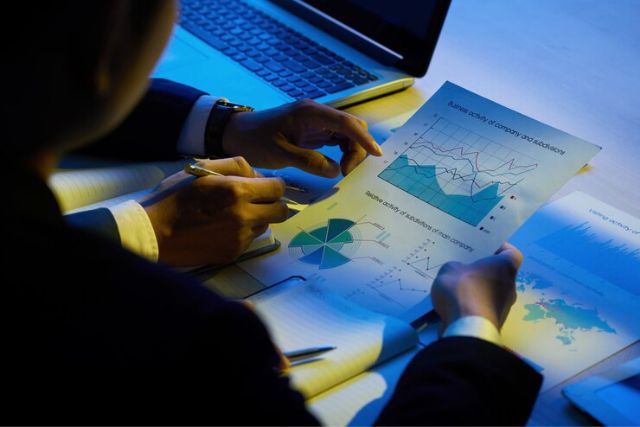How any country manages its money and resources is called an economy. In a traditional economy, people continue to do things as they always have. In a command economy, the government chooses what is produced and sold. Moreover, market economies allow individuals to choose what they produce and buy. Mixed economies are a combination of them. To understand this we take an example. Some nations have more money and are living better than others. Do you know about different types of economies?
What Is An Economy And Different Types Of Economies:
An economy constitutes a vast system in which goods are produced, utilized, and exchanged and it determines the allocation of resources. Also, through the production, utilization, and distribution of goods and services, all economic participants acquire the resources they need.
Understanding Economies:

In macroeconomics, we consider the entire economy rather than just its components, and we can better understand it by using certain indicators. Due to factors such as geography, resources, culture, laws, and historical background, each economy is unique. It evolves by the choices made by individuals within it.
These judgments are reached via market transactions and group or hierarchical decision-making.
Types Of Economies:
Today’s world, most nations are not fully dependent on markets or instructions. They normally contain both components, although they lean towards one or the other.
Market-Based Economies:

In a market-based or free market, economies, firms, and consumers are free to exchange goods and services according to supply and demand.
The majority of the US economy is based on markets. Businesses choose what to produce and sell and how much to charge. Also, to be successful, they need to give what the consumers want and charge those customers what they are willing to pay.
Command-Based Economies:
In command-based economies, the allocation of products, the amount to create, and the prices to set are all determined by the central authority.
Under this arrangement, the government owns major industries for the benefit of its users. Prices are set by the government, and businesses rarely compete.
To exist, communism requires a command economy. Countries like North Korea and Cuba are examples of countries that follow this strategy.
The government manages supply and demand in a command economy.
Studying Economies:

Economics is about how money and resources work. The next two main areas are microeconomics, which looks at the smallest things. And number two is macroeconomics, which looks at big things like countries and governments.
Economic Indicators:
In macroeconomics, we consider the whole economy rather than only its components. Moreover, we can better understand the economy by using certain indicators. We can see the state of the economy via these metrics.
GDP:
The total value of all goods and services a country generates is its yearly gross domestic product or GDP.
The United States had a .5 trillion GDP in 2023.
Unemployment:
The unemployment report discloses the number of persons employed at any one moment. It enables us to assess whether unemployment is improving or growing worse.
The Bottom Line:
A group of people may think of an economy as helping one another out by sharing resources. Each individual inside the company is accountable. Moreover, every group member contributes something, like work or goods, and gets something in return. Economists now analyze and quantify the functioning of economies.
More Reading: What Must An Entrepreneur Assume When Starting A Business?
